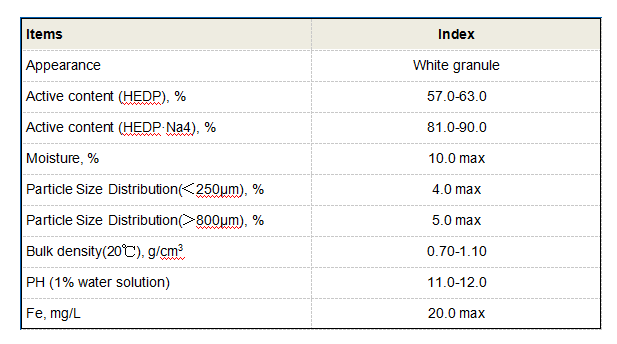types of flocculants in water treatment
Types of Flocculants in Water Treatment
Water treatment is a critical process to ensure that water is safe for consumption and environmental discharge. One of the key components in this process is the use of flocculants. Flocculants are substances that promote the clumping of particles in water, facilitating their removal through sedimentation or filtration. Understanding the different types of flocculants can help in selecting the appropriate one for specific water treatment applications.
Flocculants can be broadly categorized into two types organic and inorganic. Organic flocculants are primarily derived from natural sources or synthesized from organic compounds. One common type of organic flocculant is polyacrylamide, which is widely used due to its effectiveness in binding fine particles, including colloids and microorganisms. Polyacrylamide flocculants can be non-ionic, anionic, or cationic, depending on the charge they carry. Cationic flocculants are particularly effective in treating wastewater with a high content of negatively charged particles, while anionic flocculants work well with positively charged impurities.
In contrast, inorganic flocculants are derived from minerals and include compounds like aluminum sulfate (alum) and ferric chloride. Alum has been used for centuries due to its reliability and low cost. It works by neutralizing the charge of suspended particles, allowing them to come together and form larger aggregates. Ferric chloride serves a similar purpose but is often preferred for treating highly turbid waters or those with high organic content. Inorganic flocculants tend to require careful dosing and monitoring to avoid issues such as excessive sludge generation.
types of flocculants in water treatment

Another emerging class of flocculants is bio-flocculants. These are naturally occurring polymers produced by microorganisms and have gained popularity due to their environmental friendliness. Bio-flocculants are biodegradable, reducing the ecological impact of water treatment processes. They can be effective for various applications, including municipal wastewater treatment and the processing of industrial effluents.
Selecting the right flocculant involves considering factors such as water chemistry, the nature of the impurities, and regulatory requirements. The effectiveness of flocculants can vary significantly based on these factors, making it essential to conduct trials before full-scale implementation.
In summary, the choice of flocculants plays a vital role in the efficiency of water treatment processes. With options ranging from traditional inorganic compounds to innovative organic and bio-based materials, operators can tailor their approach to meet specific treatment goals while promoting sustainability in water management.
-
Water Treatment with Flocculant Water TreatmentNewsJun.12,2025
-
Polymaleic AnhydrideNewsJun.12,2025
-
Polyaspartic AcidNewsJun.12,2025
-
Enhance Industrial Processes with IsothiazolinonesNewsJun.12,2025
-
Enhance Industrial Processes with PBTCA SolutionsNewsJun.12,2025
-
Dodecyldimethylbenzylammonium Chloride SolutionsNewsJun.12,2025





